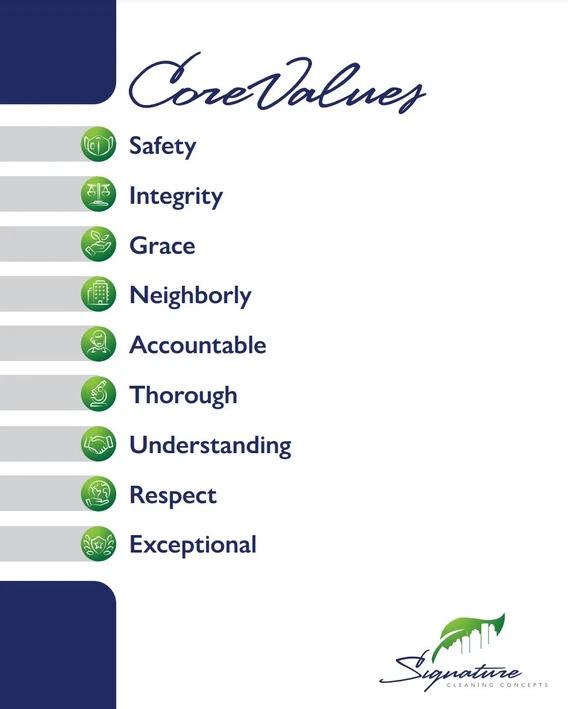Advantages and Disadvantages of Team Cleaning Concept
Team cleaning concept can improve the efficiency and productivity of a business. There are several advantages and disadvantages to this concept. Let’s look at the costs, training requirements, and Efficiency. Team cleaning can help you improve your productivity and increase your bottom line. This concept also allows you to utilize new technology.
Efficiencies of team cleaning:
Team cleaning has been around for many years, but recently, the concept has been modified to cater to different types of facilities. The concept is based on Cleaning for Health, which means a thorough cleaning of a space while meeting the criteria for maintaining a healthy indoor environment. The new software has enabled teams to implement the concept with more efficiency and support lean operations. The introduction of Six Sigma measurement standards has also had a significant impact on the concept.
Team cleaning can be an excellent strategy to increase morale and quality control and can help companies reduce their costs in the process. Because team members are assigned specific tasks, efficiency and productivity are maximized. The approach also produces better results faster than the zone-cleaning approach. Ultimately, this leads to reduced operating costs and higher client satisfaction.
Cost-effectiveness of team cleaning:
Cost-effectiveness is an important consideration when choosing a cleaning method. In some cases, team cleaning is more cost effective than hiring a single cleaner. The team approach allows cleaners to be trained to do specific tasks more efficiently, which ultimately leads to lower operating costs. Furthermore, team cleaning helps maintain productivity by compensating for absenteeism more effectively than other cleaning methods. Additionally, team cleaning can help reduce labor costs related to equipment maintenance.
In a team cleaning process, each team member is responsible for checking the work of the previous team member, which reduces the time needed to perform a thorough cleaning. This helps avoid errors and ensures that every detail has been cleaned correctly. The team members can also double-check their work to reduce the risk of missing a detail. However, this strategy requires ongoing supervision.
Training requirements:
A team cleaning entails the training and integration of employees from different departments. In addition, management should become involved in the cleaning process and take an interest in the results of the cleaning. Training for this concept should be thorough and a team’s success is dependent on management’s total input.
Training is crucial for the success of this concept, as it introduces new concepts into the cleaning process. The first level of training focuses on introducing the concept of team cleaning and setting up a culture shift. All team members attended two days of Level I training, where they learned the basics of the concept and sampled new cleaning tools and carts. Once they’ve completed the training, the start-up phase begins. The next level of training is Level 2, where employees learn about specific project tasks and standardized tools.
Impact of team cleaning on employee morale:
A team that’s regular cleaning can increase employee morale and productivity. A positive employee experience increases company profits and reduces turnover. Employees who are happy with their job are 20% more productive. To boost employee satisfaction, give employees opportunities to work together and create new ideas. This will boost their motivation and make their job a more enjoyable one.
Employees need to feel that their work is appreciated. Since the wages they earn are essentially the repayment for their work, it’s important to show your employees that they are valued. A recent study by the 4M Company suggests that employers who take the time to recognize their team members have a 31% lower turnover rate.

https://www.google.com/maps?cid=5464939504344514741



